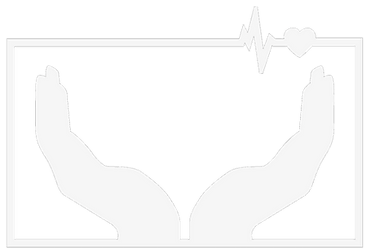Essential First Aid Techniques Everyone Should Know
Because Life Doesn’t Come with a Manual
IHH Staff
6/16/20253 min read


Welcome back to the world of “Oh no, what have I done?”—also known as life! Today, we’re diving into something that might just keep you from becoming a true-life Darwin Award candidate: essential first aid techniques that everyone should know.
Spoiler alert: you’re going to want to take notes. Or at least commit these life-saving techniques to memory.
1. CPR: Cardio-Pulmonary Rescue or "Clutch Your Pearls, Someone’s Dying!"
Let’s start with the thing we are known for: CPR. Imagine someone collapsing right in front of you. You could either panic like a deer caught in headlights or do the right thing and start giving them compressions—bonus points if you do it to the beat of “Stayin’ Alive.” (Pro tip: Try not to sing the lyrics out loud; it might get awkward to hear your karaoke skills while they’re actively dying.)
2. The Heimlich Maneuver: Choking Hazards and How to Avoid Them
Ah, the Heimlich maneuver: the culinary lifesaver! If someone is choking, you'll want to approach them like you’re about to pitch them a revolutionary new product: “Let me help you with that!” If they’re coughing, back off—this is not your moment to shine. But if they’re turning blue and making strange gurgling sounds, it’s go time! Stand behind them, give a swift upward thrust right below the diaphragm, and pray they spit that piece of dry chicken across the room. If not, at least you’ll have an entertaining story to tell later.
3. Bandaging Basics: Not Just for DIY Projects
So you’ve sliced your finger open because you thought you could slice bread like a ninja? Welcome to adulthood! Grab a bandage and get that Tetanus shot ready. It's time to learn how to properly clean and dress a wound. Remember, slapping a band-aid on it doesn’t count as “first aid.” Clean that cut with soap and water, apply antiseptic (not as much fun as it sounds), and wrap it snugly like a present—one that signifies you’re a responsible adult and not a clumsy toddler.
4. Treating Burns: Don’t Just Run to the Coolest Thing Ever
If you encounter fire, your first instinct might be running away screaming—totally valid, but we can’t let it end there. If someone gets burned, hold that area under cool (not ice-cold) water for about 10-20 minutes. Unless it’s a third-degree burn; in that case, just try not to pass out and call 911. Ice cream may help afterward, but it’s more of “yay, we survived” treat than any actual treatment. Please no burn creams or ointments for at least the first 2- hours of a burn.
5. The Art of the Ice Pack: Not Just for Sports Fans
Did you fall down the stairs while practicing your parkour moves? Ice packs to the rescue! Applying cold can reduce swelling and numb the pain. Just remember—never apply ice directly to the skin unless you want to add frostbite to your list of injuries. Yeah, that’s not a fun Friday night activity! Use the 20-20 rule. 20 min of ice on the injury, followed by 20min of no ice on the injury.
6. Recognizing Shock: It’s Not Just Your Teen’s Mood Disorder
Shock isn’t just what happens when you find out that your best friend is a terrible cook; it’s a serious condition that can follow injuries or physical trauma. Look out for symptoms like confusion, rapid breathing, and a weak pulse. If you start seeing these signs, you’ll say “Hey, let’s not panic!” while calling for help and keeping that person warm. And for heaven's sake, don’t feed them! They’re not a pet who needs a treat after a rough day.
Wrapping it Up!
So, there you have it: essential first aid techniques to save your friends, family, and possibly some helpless stranger in a grocery store. Remember: preparation is key, involvement is crucial, practice is essential, and sharing your knowledge should be your new hobby.
At the end of the day, the best way to avoid becoming a certified “Oops” is being prepared, knowledgeable, and just a little less clueless when it comes to first aid. So put those skills into practice—hopefully not on yourself! Stay safe out there and may your first aid kit always be fully stocked.


